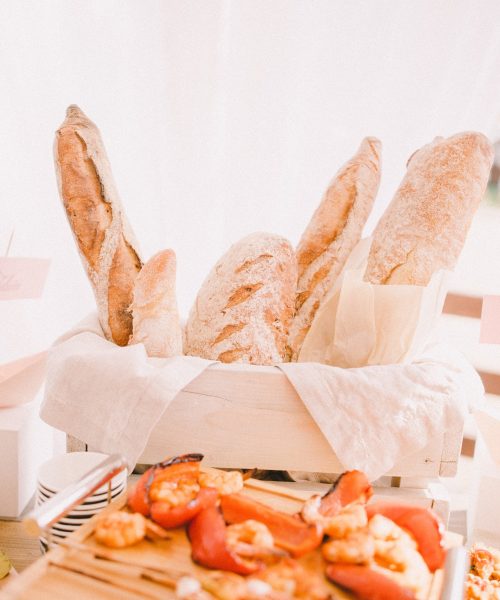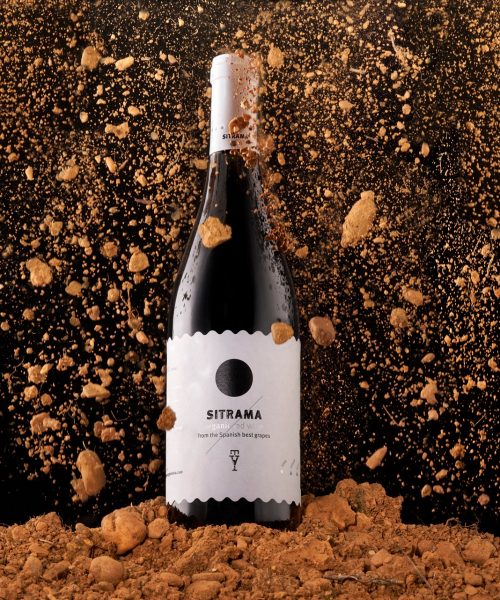Along with France and Italy, Spain is one of the three leading wine-growing nations in the world.
Every year around 40 million hectoliters are pressed from more than 1,000,000 hectares of vineyards.
The viticulture of the Iberian Peninsula can look back on a long history. Wine was already being produced here 3000 years before Christ.
climate and soil conditions
The landscape of the Iberian Peninsula is characterized by elevations and valleys and is traversed by rivers such as the Duero, the Ebro and the Tajo. Which provide the water for the vineyards and also affect the local climate.
Spain can be roughly divided into three climate zones:
- The cool, green north with large amounts of precipitation, hot summers and cold winters.
- These include Aragon, Galicia, Catalonia (Pyrenees), Navarra and La Rioja.
- The central plateau with the wine-growing regions of Extremadura and La Mancha, whose climate is characterized by hot summers and very cold winters and constant drought.And finally the coastal regions in the south, which also have hot summers and little rainfall, but with cooling, moist sea breezes.
- This climate zone includes the wine-growing regions of Andalusia, Catalonia (coastal region) and the Levant.
Important grape varieties in Spain
About 250 different grape varieties are cultivated in Spain. Wine lovers know the Iberian Peninsula as a red wine country, although half of the growing areas are planted with white varieties, which also produces the excellent cava, among other things.
The white grape varieties include Verdejo, the grape is extremely sensitive to oxygen, so because of the cold it is harvested at night when high qualities need to be achieved. Verdejo should usually be drunk young; Top qualities have a good framework for aging and develop a nutty, creamy character after a few years in the bottle.
The grape is usually processed into a dry, fresh white wine together with the Palomino and Macabeo grape varieties, and increasingly with Sauvignon Blanc.
The white grape variety Airen, also known under the names Burra Blanca, Forcallat or Manchega, is also dominant. It is used as a base for brandy. Or as a blending partner for Macabeo or blended into a very light red wine with Tempranillo.
Other white grape varieties are Albarino and Pardillo.
The Parellada, Xarel lo, Macabeo, Subirat (Malvasia Riojana) and Chardonnay varieties are permitted for white cavas.
The Spanish red wines are known far beyond the national borders.
Grape varieties such as Garnacha, Monstrell, Mencia, Cabernet Sauvignon and above all Tempranillo play an important role in quality viticulture.
Because it plays a major role in the much-praised red wines from the Rioja region.
The quality system
In 2009, the EU issued new regulations for wine designations and quality levels.
Regulations on grape varieties, yield and production are issued in Spain by the Instituto Nacional de Denomucaciones de Origen (INDO). Each DOP area also has its own supervisory authority.
wine
table wine. The grapes may come from different parts of the country. It is also allowed to blend different growing areas. Region of origin, grape variety and vintage must not appear on the label.
Vino de la Tierra (VT)
country wine. The predicate applies to region-typical wines and makes qualitative specifications
IGP
The full name of the quality level is IGP Indicacion Geografica Protegida and describes a country wine. The grape varieties and the region of origin must be clearly defined on the label.
DOP
Denominacion de Origen Protegida replaces the previously existing designations DO and DOCa.
The wines must be produced and processed in a specific region of origin, which is indicated on the label. In addition, there are regulations on permitted grape varieties, alcohol content and maturity. There are upper yield limits and the wines must undergo an analytical and sensory test.
Wine de Pago
Quality level for the extraordinary, for wines from an excellent vineyard or excellent individual location (Pago). This predicate was introduced as the absolute top of the quality levels. The prerequisite for classification as a Vino de Pago is that the wine expresses the specific characteristics of the respective location and is therefore unmistakable.
The different degrees of maturity of Spanish wines
In Spain, most wines are released when they are ready to drink. Therefore, there are regulations for the different types of wine on the ripening time, which must be indicated accordingly on the label and provide information about the degree of ripeness of the respective wine.
Joven
The name Joven or Vino Joven stands for a Spanish young wine.
Which should not be aged in barrels or only briefly (up to six months) and drunk young. These wines are released the year after the harvest.
Crianza
Wines that have matured for at least two years before being released on the market.
The regulation states that these wines mature in wooden barrels for six months and in the bottle for 18 months.
Deviations in some DOPs are quite possible and longer storage periods are generally permissible. While for a crianza in the D.O. Toro is scheduled for six months in barriques, it must be in D.O. Rioja be a year.
reserves
A maturing period of 36 months is a prerequisite for the designation Reserva.
At least one year of this was stored in wooden barrels and then two more years in the bottle.
A white Reserva, on the other hand, must have been aged for at least six months in barrels and 18 months in bottles before it is put on the market.
In addition, only wines that come from a DOP or a Vino de Pago area may bear this designation.
Gran Reserve
After at least 60 months of aging, a Spanish red wine may bear the Gran Reserva designation on the label. It must have been stored in barriques for at least 18 months. Here, too, the Gran Reserva designation may only be used for wines from DOP and
Vino de Pago areas.
White wines with the designation Grand Reserva must have been aged for at least six months in barrels and aged in the bottle for at least 42 months.



